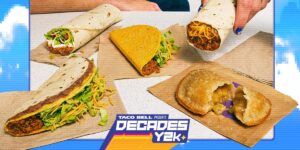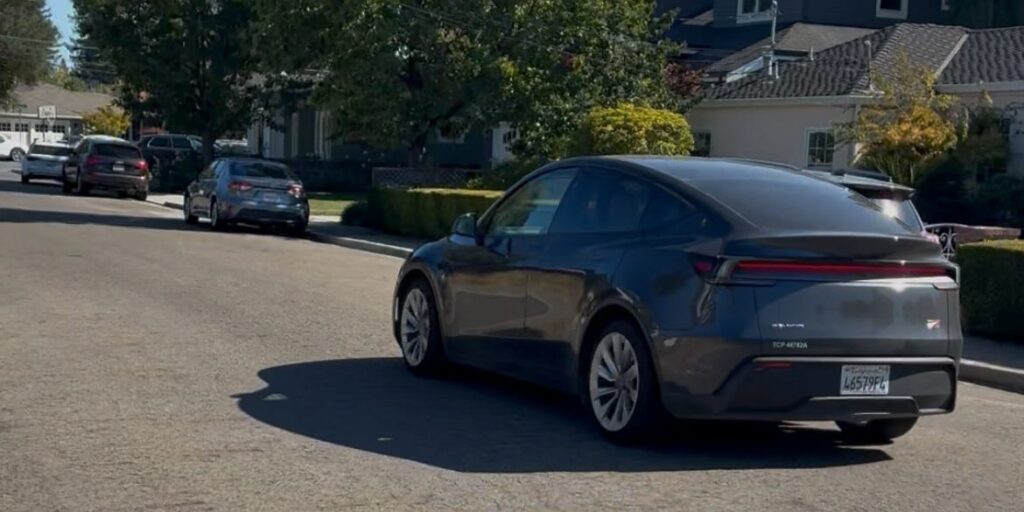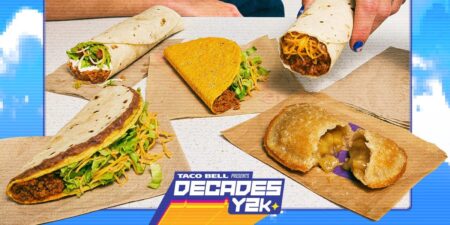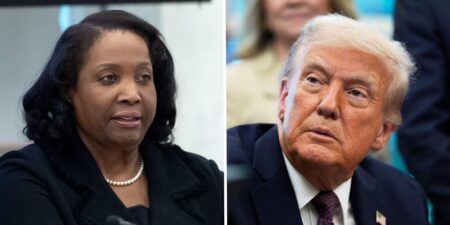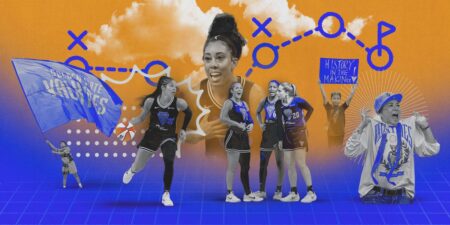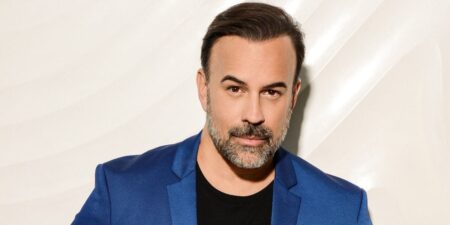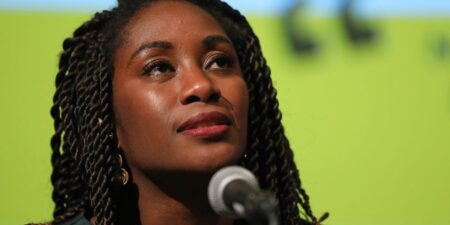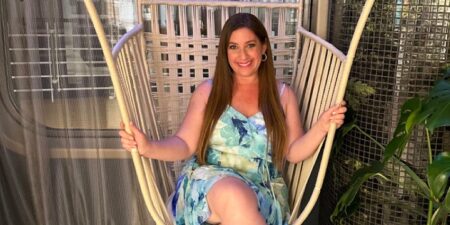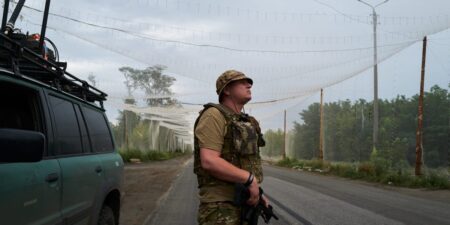Recently, I was sitting on the couch at home with the dog when a notification from Tesla popped up on my phone. I’d gotten off the waitlist, and I could order a Robotaxi from my Silicon Valley home in San Carlos to most places in the Bay Area.
The app told me there was a Robotaxi 6 minutes away, so I got a ride to my friend’s house about 2 miles up a winding hill full of parked cars.
A shiny new Model Y drove up to my house, with a safety driver behind the wheel. I got in, put on a seatbelt, and pressed “Start ride” on the screen in the back seat.
Tesla was founded in San Carlos in 2003, a few months before my wife and I arrived in Silicon Valley to start a family. I remember Tesla’s little roadsters zipping around the neighborhood back then.
More than 22 years later, as the Robotaxi pulled away from my house, I realized how far the Tesla had come — along a controversial but fruitful road. The company is evolving from an EV and battery manufacturer into a provider of autonomous mobility and robotics technology. As usual, CEO Elon Musk is pushing to make this transition as quickly as possible, attracting criticism and regulatory scrutiny.
Earlier this year, I tested a version of Tesla’s FSD autonomous technology against Waymo’s offering, with a colleague in San Francisco. That FSD software came with my personal car, a 2024 Tesla Model 3 Performance, and it requires supervision. During that test drive, the vehicle was mostly impressive, but it did run a red light.
For my Robotaxi trip in San Carlos, the Model Y used a more advanced FSD software, although a human safety driver was still behind the wheel with his hands in position, ready to take control if needed.
We took off smoothly and stopped carefully at all stop signs while driving within the local speed limits of the town. Schools were getting out, and kids and young families were out and about on bikes, minivans, and on foot. It was sunny and clear, so perfect driving conditions.
After a few minutes, it took a different route than I normally drive to my friend’s house. We began winding up hill through a suburban neighborhood. Soon, we got to a particularly narrow, steep section of the trip, and we had to maneuver around several cars parked on the side of the road. The Model Y took all these obstacles in stride, slowing as we approached blind curves.
At one point, we approached a dip in the road where water flows across during storms. There were scrape marks on the other side of the dip where other vehicles had gone too fast and hit the asphalt. I expected the Model Y to hit this hard, but it slowed down and eased over the dip, no trouble.
I asked the safety driver about this, and he said the latest autonomous system can spot bumps, dips, and holes, and take avoiding action if needed. I also asked how long he’d been a Robotaxi safety driver. He told me it was his first day.
I quizzed him on how many times he’d had to take the wheel so far. That question wasn’t allowed, he replied. No questions at all about Tesla, the company, he added.
We arrived after about 10 minutes. The Robotaxi steadily pulled up to the sidewalk by my friend’s house and parked in a perfect spot. It reminded me to collect any belongings before I got out.
There was no payment setup required, as I already have a Tesla app for my car with a credit card and ID uploaded. There was a feedback page, and I rated the ride 5 lightning bolts. It had a tip page, but when you click, it tells you this is a joke. There are no human drivers, so no tips are required.
The ride cost less than $6. I’d say an Uber to the same destination would be roughly $10 usually.
I spent some time hanging out with my friend before going home. I pulled out the Robotaxi app again and ordered a return ride. This time, the wait was about 20 minutes, I suspect because we were up a winding hill away from the busy town below.
The return trip was similarly impressive — smooth and careful. The Robotaxi had to turn left onto a busy two-way road during the school rush hour. It edged out carefully and stopped at the right times, letting a dad on a bike ride past with his two kids.
The safety driver mentioned that I could play music or games on the screen for passengers in the back seats. I picked music and got a QR code to scan to set up Apple Music. I groaned — what a pain. Then, I noticed a play button just to the side and pressed that. Music started, and I realized the Model Y had automatically connected to my Spotify account on my phone. We jammed away for the rest of the trip, no fiddly setup required.
When we arrived at my house, the Robotaxi took a couple of efforts to find a spot to pull over. That meant I had to walk 30 seconds to get home, but I didn’t mind.
I’m sure I’ll be riding again soon.
Sign up for BI’s Tech Memo newsletter here. Reach out to me via email at [email protected].
Read the full article here





